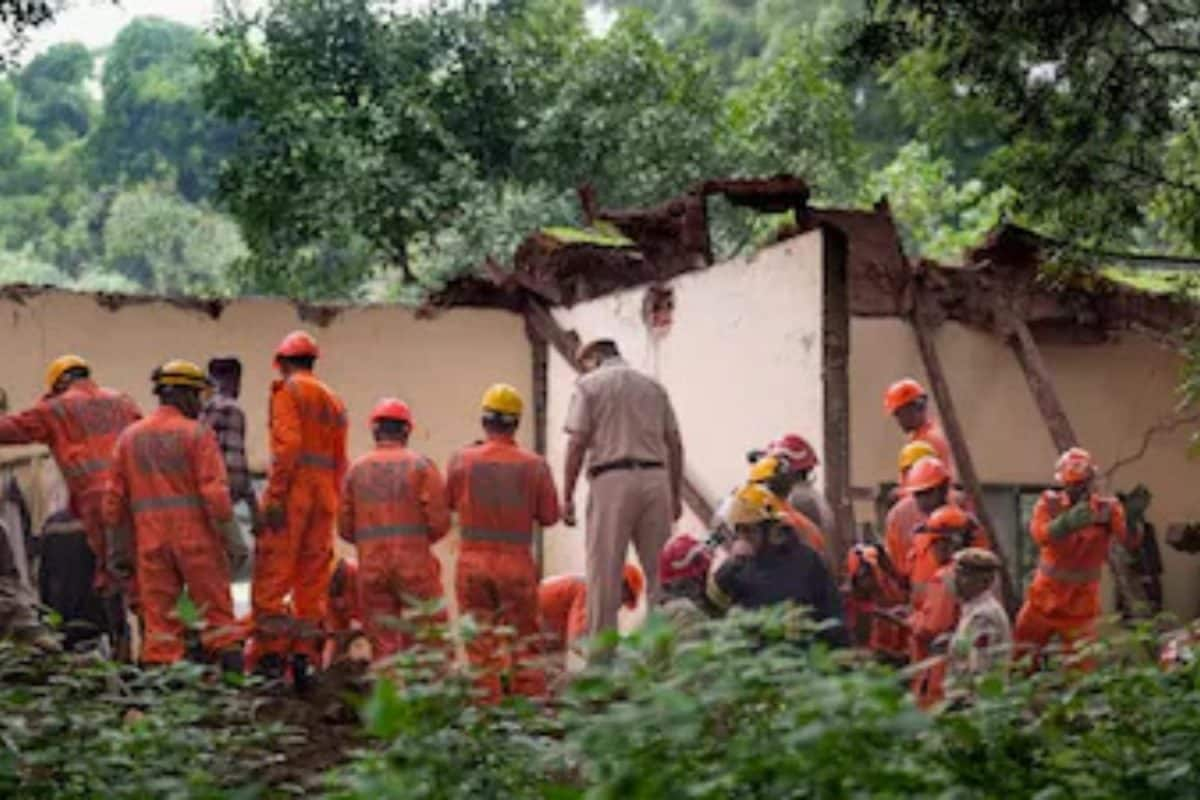

The Archaeological Survey of India (ASI) has declared that Humayun's Tomb, a UNESCO World Heritage Site in Delhi, is in "perfect condition" following a roof collapse at a religious structure (dargah) in the vicinity of the monument. The incident, which occurred on Friday, August 15, 2025, resulted in the deaths of six people and injuries to several others.
According to reports, the roof and a side wall of the Dargah Sharif Patte Shah, located near the boundary wall of Humayun's Tomb, collapsed. The incident took place around 4:00 PM when devotees had gathered for Friday prayers. Heavy rains in Delhi may have contributed to the collapse.
In the wake of the collapse, initial reports erroneously indicated that a portion of the dome at Humayun's Tomb had collapsed. The ASI quickly refuted these claims, assuring the public that the tomb itself was unharmed. The ASI stated on X (formerly Twitter) that the "unfortunate incident" occurred at the Patte Shah Dargah in the Nizamuddin area and expressed condolences. The ASI also clarified that the dargah is an "unprotected structure" located adjacent to the Humayun's Tomb complex.
Rescue operations were launched immediately, with teams from the Delhi Fire Services (DFS), Delhi Police, National Disaster Response Force (NDRF), and Delhi Disaster Management Authority (DDMA) responding to the scene. Eleven people were rescued from the debris and transported to nearby hospitals, including AIIMS Trauma Centre, LNJP Hospital, and RML Hospital. Tragically, six of those rescued succumbed to their injuries. According to the DCP Southeast, the deceased included three men (aged 79 and 35 years old) and three women (aged 42, 40 and 40 years old).
R.K. Patel, Superintending Archaeologist, ASI Delhi circuit, clarified that the collapsed structure was not part of the Humayun's Tomb complex and was not monitored by the ASI. However, the gates of the tomb were opened to facilitate rescue operations.
Humayun's Tomb is a major tourist attraction in Delhi, drawing hundreds of domestic and international visitors daily. The 16th-century mausoleum, built by Mughal Emperor Humayun's wife, is known for its stunning architecture and historical significance. It was designated a UNESCO World Heritage Site in 1993.
The Humayun's Tomb complex has been the focus of extensive restoration work undertaken in partnership between the ASI and the Aga Khan Trust for Culture (AKTC). These efforts have involved removing tons of concrete from the roof, replacing cement plaster with traditional lime plaster, and reconstructing collapsed arches.